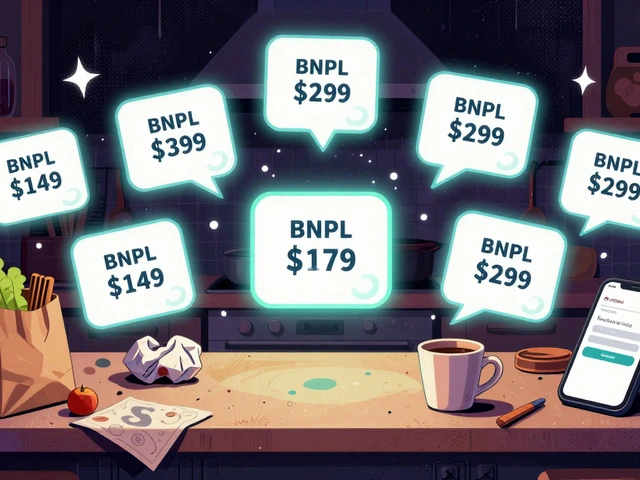Coupon Payments Investing: How Bond Interest Works and Where to Find Better Yields
When you invest in coupon payments investing, the practice of earning regular interest payments from bonds. Also known as bond interest income, it’s one of the most straightforward ways to get paid just for holding an asset—no trading, no timing, no guesswork. Every six months, or sometimes monthly, you get a cash payment from the issuer. It’s not flashy, but over time, it adds up—especially when you reinvest it.
This isn’t just about government bonds. Corporate bonds, municipal bonds, and even some ETFs that hold bonds deliver the same thing: predictable income. Think of it like a paycheck from your portfolio. The amount you get is fixed when you buy the bond, based on its coupon rate, the annual interest rate paid by the bond issuer, expressed as a percentage of its face value. A $10,000 bond with a 4% coupon pays $400 a year, usually in two $200 checks. That’s cash you can live on, reinvest, or stash away.
But here’s the catch: not all coupon payments are created equal. Some bonds pay more, but come with higher risk. Others are safer, but barely keep up with inflation. That’s why understanding the Treasury bonds, U.S. government debt securities with fixed interest payments and low default risk matters. They’re the baseline. Then there are corporate bonds, which pay more but can default. And then there are bond funds—like those in dividend investing, a strategy focused on earning regular income from assets, often used interchangeably with bond interest income in practice—where the payouts aren’t fixed. They change based on what the fund holds.
Many people think bonds are boring. But when you stack them up against high-fee mutual funds or volatile stocks, they’re the quiet workhorses. You don’t need to be a Wall Street pro to use them. You just need to know where to look. Some brokers offer bond ETFs with low minimums and automatic reinvestment. Others let you buy individual bonds directly, even for under $1,000. And if you’re into tax efficiency, municipal bonds can give you interest that’s free from federal—and sometimes state—taxes.
What you’ll find below are real, practical guides that cut through the noise. You’ll learn how to compare bond yields without getting tricked by fine print. How to spot hidden risks in so-called "safe" investments. How to pair coupon payments with other income streams like dividend stocks. And how to use tools like DRIPs to turn bond interest into compounding growth—no extra effort needed.





